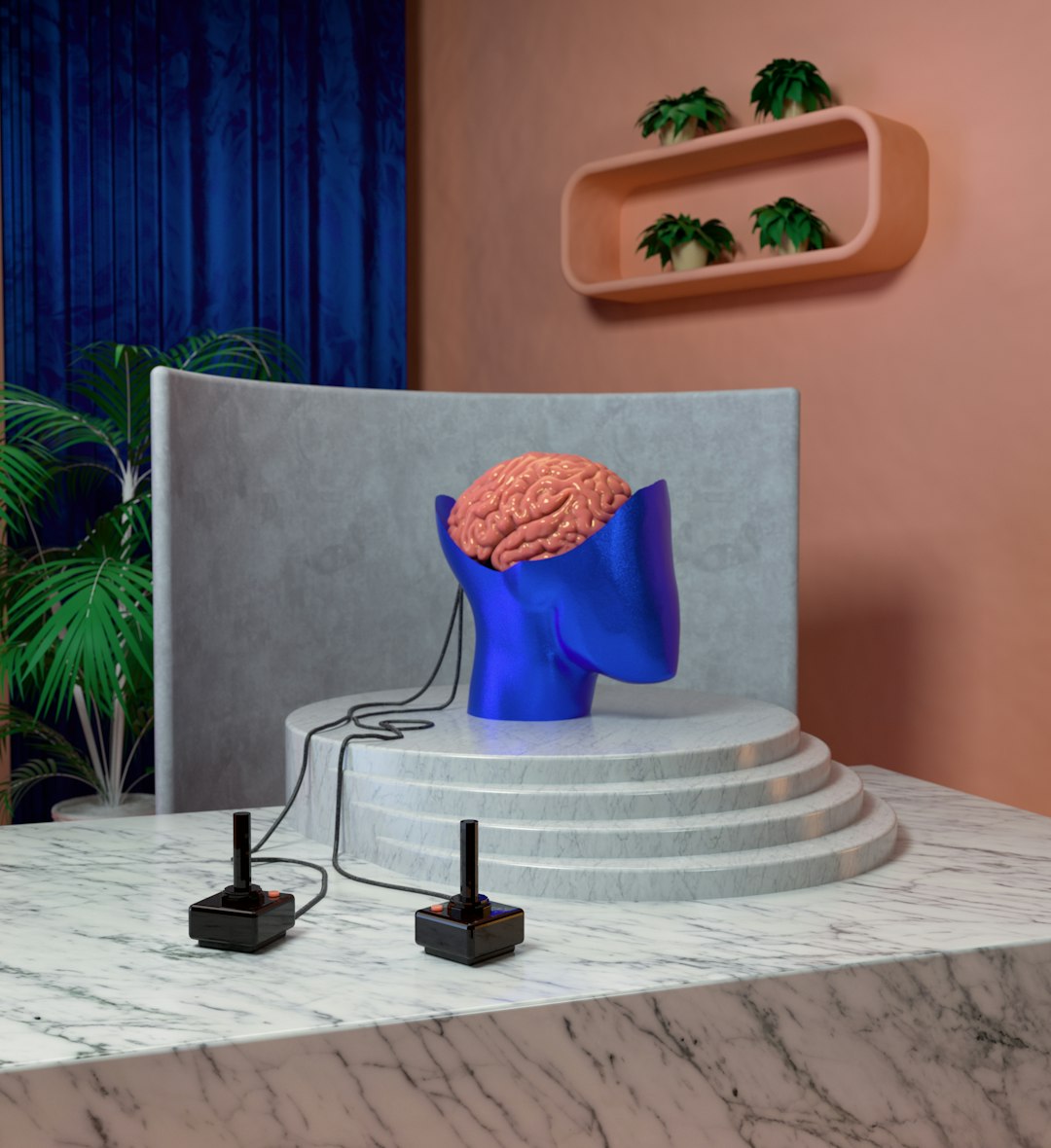There’s a really interesting article at Wired about long-term patients with BCIs (brain computer interfaces). This is a far cry from the neural lace imagined by Adrian Hon in A New History of the Future in 100 Objects, but these are making tangible differences in the lives of people today.
“NATHAN COPELAND CONSIDERS himself a cyborg. The 36-year-old has lived with a brain-computer interface for more than seven years and three months. As of today—August 17—that’s the longest anyone has had an implant like this. An electrode array the size of a pencil eraser, surgically installed in his motor cortex, translates his neural impulses into commands that allow him to control external devices: a computer, video games, and a robotic arm he can move with just his thoughts.
A car accident in 2004 left Copeland paralyzed from the chest down, unable to move or feel his limbs. In 2014, he joined a study at the University of Pittsburgh for people with major spinal cord injuries to see whether a brain-computer interface, or BCI, could restore some of the functionality he’d lost. He didn’t hesitate to sign up, even though it would require brain surgery—and nobody knew how long the device would keep working. “When I started, they said, ‘Oh, it’ll probably last five years.’ And that five years was based on monkey data, because no human had ever done it,” he says.”



